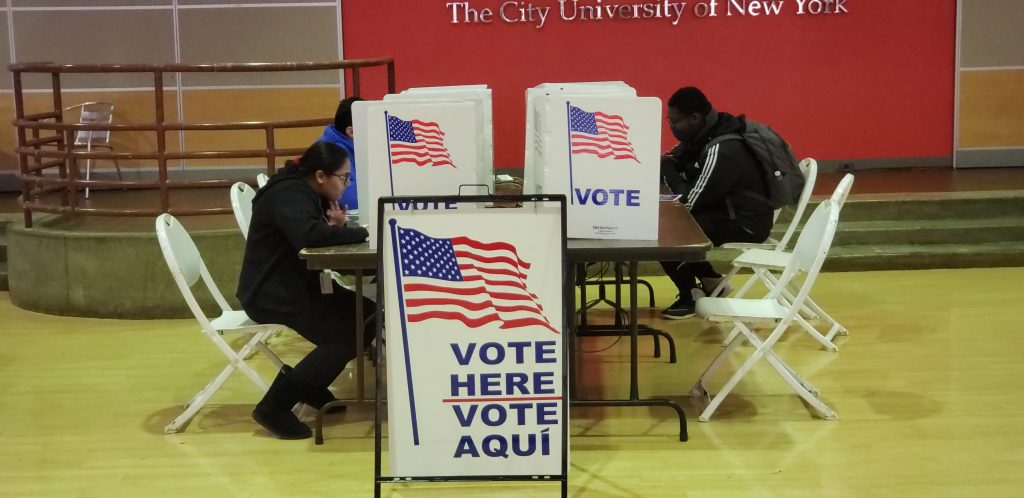Photo Credit: PB Archives
By Rachel Dalloo
The student government for the 2019-2020 year have been announced. The Spring 2019 student senatorial election was the first democratic election in three years, as 35 candidates ran for the 32 seats in the college senate.
Previous elections have had less than the needed amount of candidates run to fill the seats, which would then always lead to a special election in the subsequent Fall semester.
Five students ran as departmental senators for four seats while 30 ran as Senators-at-large for 28 seats. The Spring election held from April 16 to April 18 had a 5.12 percent voters turnout, according to Vincent Banrey, the vice president for Student Development. Banrey said a total of 339 students voted out of the 6,627 students who were eligible to cast a vote.
“We sent out several collegewide news blast, we had put announcements in the York Cardinal app and we sent it to departmental chairs, encouraging them to tell students and faculties to vote,” Banrey said. “So, it’s just a matter of people turning out. It’s sad to say, but it becomes a reflection of what’s happening in the large society of people voting. So its importance has that one vote, that one power, to make a difference.”
The elections for senators-at-large brought about a tie for the last seat. A runoff election was held three weeks later to break the tie. Banrey said because there was a tie, the results of the spring election were not certified until the runoff election results were in. Although, he noted that the four departmental senators and 27 senators-at-large who had won their seats were notified of their victories almost two weeks after even though it was concluded as unofficial.
Paola Veras, the assistant dean of Student Development shared the results of the spring election with the Senate Elections Committee (SEC). The committee came to an agreement on proceeding with the runoff election for the two students to contest for the last seat.
“So, what had happened was that the election ended that Thursday and the next day, we had received the unofficial results,” Banrey said. “Due to spring break, the committee didn’t meet. They met today (April 29.) to discuss the strategy in order to do this runoff.”
Banrey added “as soon as that is done, the Students Election Review Committee, which is a separate committee will then meet to certify the results.”
Back in Fall 2018 and electronic glitch during the special elections disenfranchised 97 students. The error made it impossible for students to vote for less than four candidates but allowed voters to vote for all 10 candidates despite instructions saying that people could only choose up to four people. Banrey noted that appropriate steps were taken to prevent such glitch in this election.
“We worked with our IT Department here, as well as with the IT firm (e-ballot) and we made sure that we had a concrete listing of all students who were eligible to vote,” Banrey said. “In addition to that, we also requested each major of those students who are voting. We sent that down to the company and took the files of all of the students running and made sure all of the department designations were all coded correctly and sent that to the firm as well.”
He added “basically they were setting up the system where they did a test and we did several tests, the day before the election, for each of the departments.”


